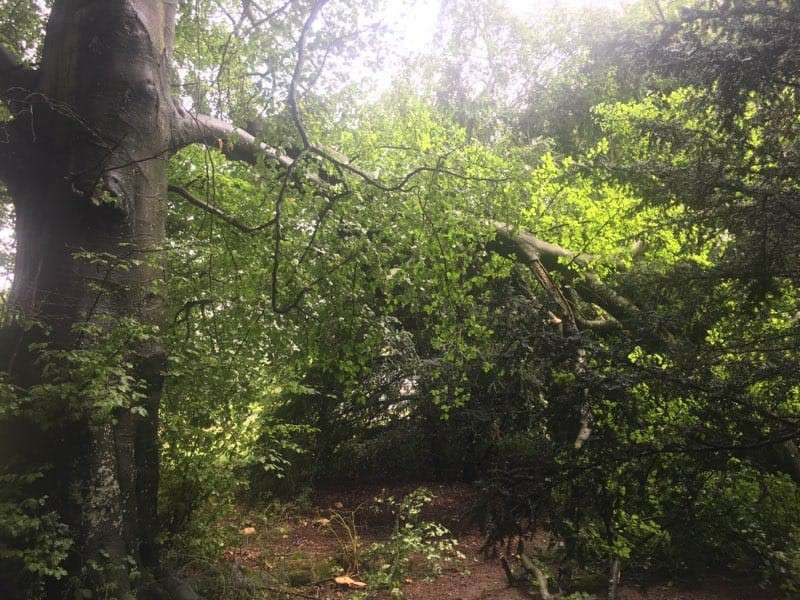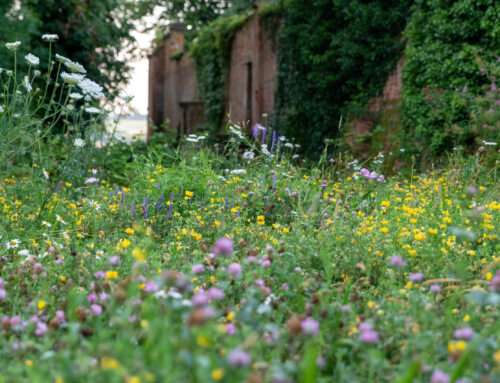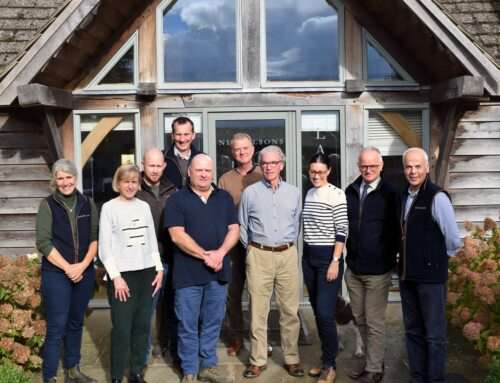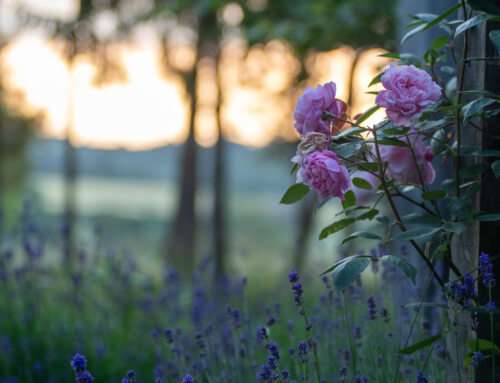‘Summer Branch Drop’
Article prepared by Sam Hargreaves, Arboricultural Services Manager
The hottest June weather on record will not have been so welcome to our teams on the tools, in particular the guys and gals suiting up in chainsaw trousers, boots and helmets to undertake the strenuous work arboriculture requires of them. But for the vast majority, the warm weather has been a chance to get outside and enjoy the many delights their gardens have to offer – including their trees.
Trees are such an important asset to us, they provide shade, shelter and are more often than not, are the focal points of most peoples gardens. At Nicholsons we are incredibly lucky to work within some the most beautiful gardens in the country and much of the work we do in these gardens is designed around the existing features and landscape. Last month two of our prominent landscape design projects became subject to a phenomenon known as ‘summer branch drop’. This phenomenon is not new to us or the arboricultural industry and it is something that we have encountered in years gone by, however these two recent incidents have brought it to the fore front of our attention.
These occurrences were treated as near misses and as part of our due diligence process we report, investigate and inform. My feeling is that in these cases we have a good opportunity to share our experience with not only the Nicholsons family but the wider community of valued Nicholsons customers.

On both occasions the trees were common beech Fagus sylvatica and the branches they dropped had been of a substantial size. It had been very warm on the days prior to ‘the incidents’ followed by heavy down pours of rain. This sequence of events is a common occurrence when talking about ‘summer branch drop’ but not exclusive. We can say with relief that on both occasions no one was injured and little damage was caused.
What we know
Many species of tree can be affected by ‘summer branch drop’ including: Beech sp, Oak sp, Poplar sp, Hornbeam sp, Willow sp, Horse chestnut, Ash sp. Break outs often occur prior to spells of hot weather ending abruptly with heavy rain, this leads to the conclusion that water stress is probably a key factor. In most instances it is long, over extending limbs that protrude the tree canopy periphery that are most susceptible. Many other factors can contribute to toward a branch failing i.e. previous damage or stress brought on by wind loading, incipient decay not noticeable via VTA (visual tree assessment) and heavier than usual crops or foliage. It is important to note these contributing factors ,as in the vast majority of cases a healthy tree will not simply fail.
By talking about ‘summer branch drop’ we are not suggesting by any means that all mature trees pose a risk, far from it, we are simply asking for vigilance and providing facts based on first hand encounters so that we can offer our clients’ the very best guidance. We would however urge anyone to contact us if they have any concerns in relation to tree health and we would be very happy to offer our service and expertise.
Contact Us
At Nicholsons we make it our priority to offer a measured approach to tree care and risk assessment. Pruning or removing trees are not the only options available to us, and in many cases where significant and important trees are involved we would always consider the chainsaw as the last resort. The real art with arboriculture is to help others understand the benefit a tree has to offer and, if necessary, manage that tree in a way that will reduce risk to as low as reasonably practicable.
If you have any concerns over your planted trees, or would like to discuss a new project please contact the Arboriculture team on 01869 340342 / contact@nicholsonsgb.com




